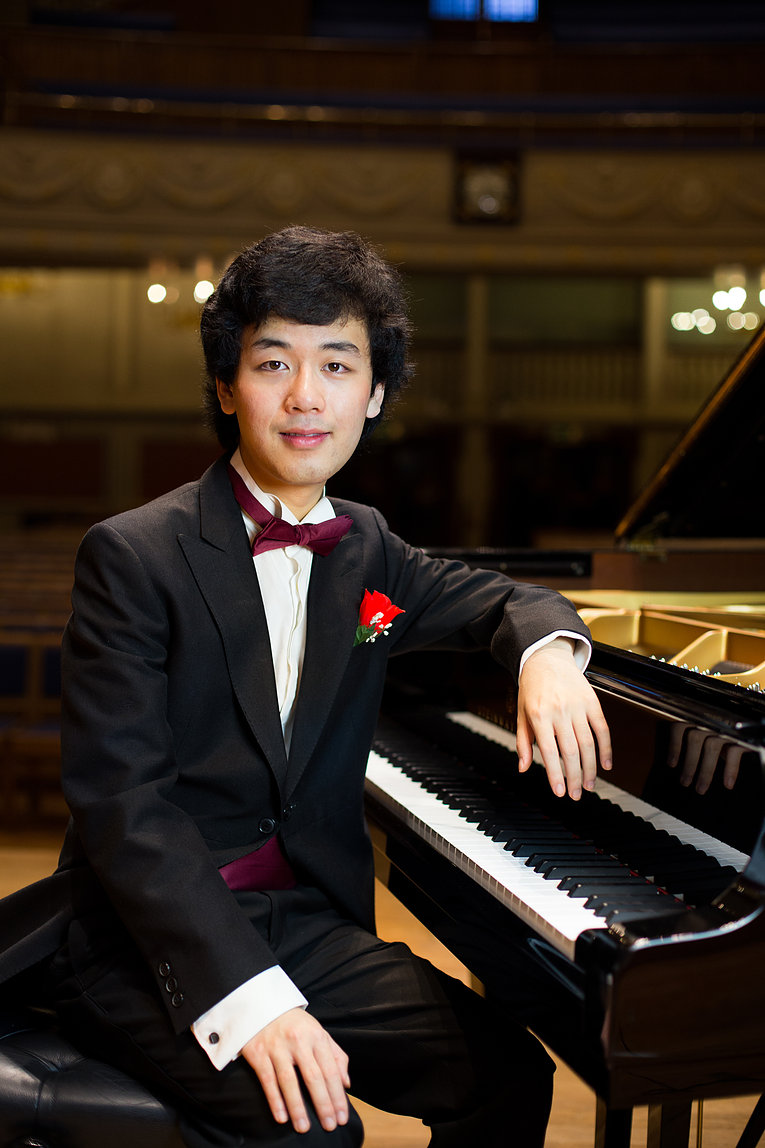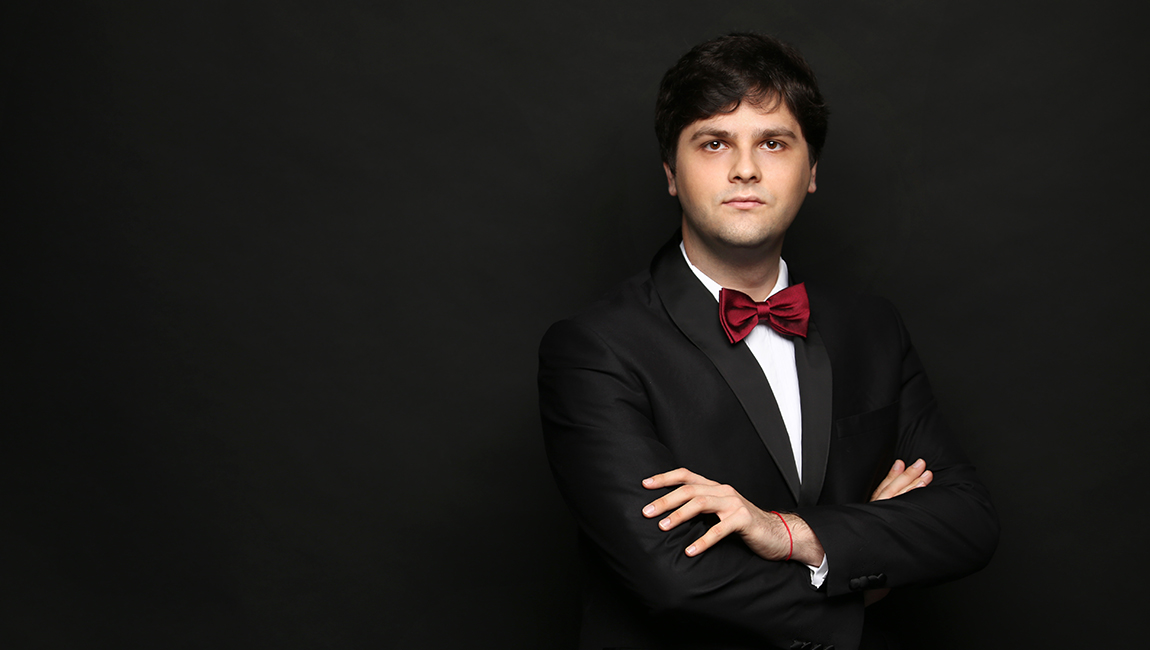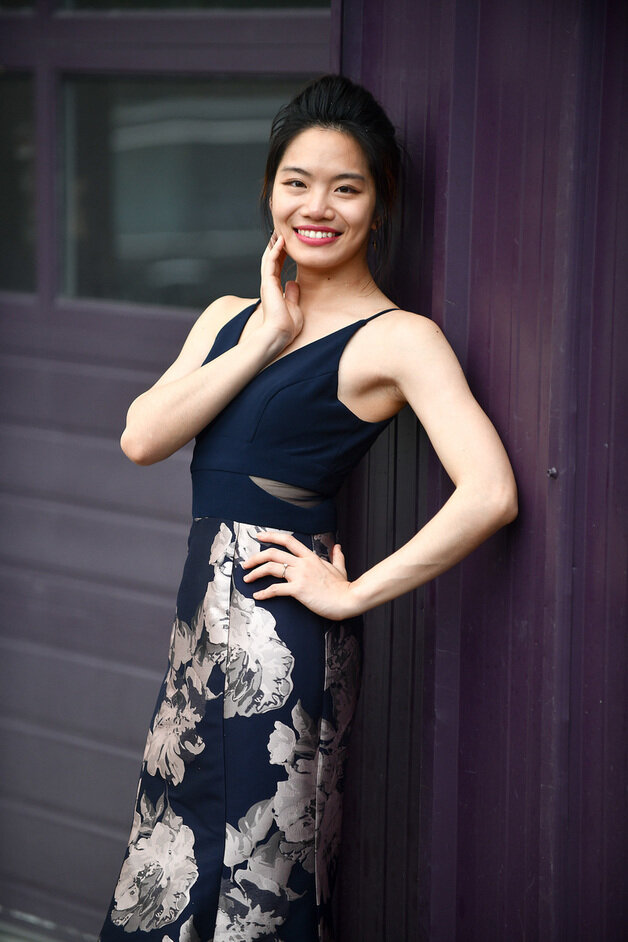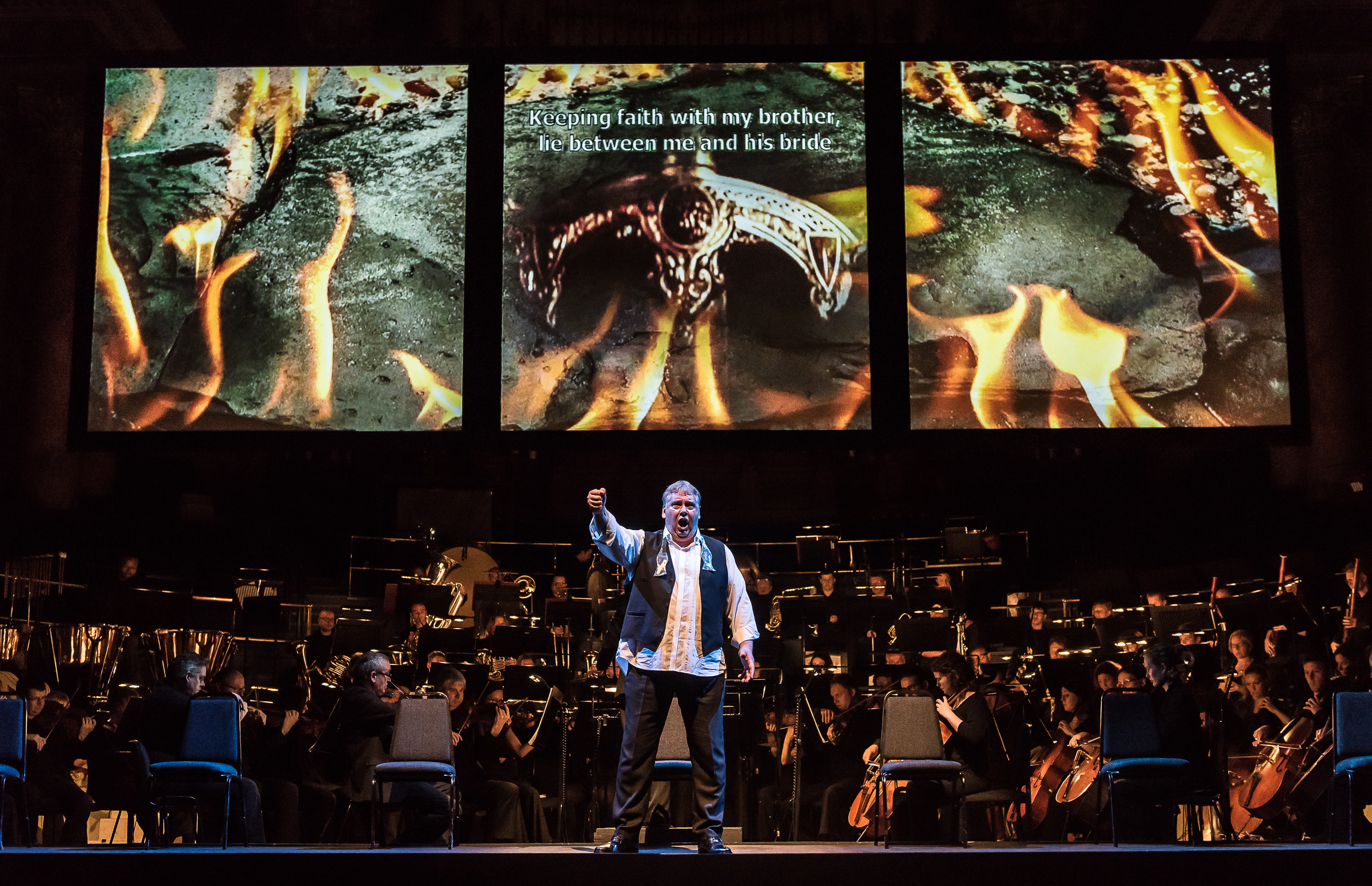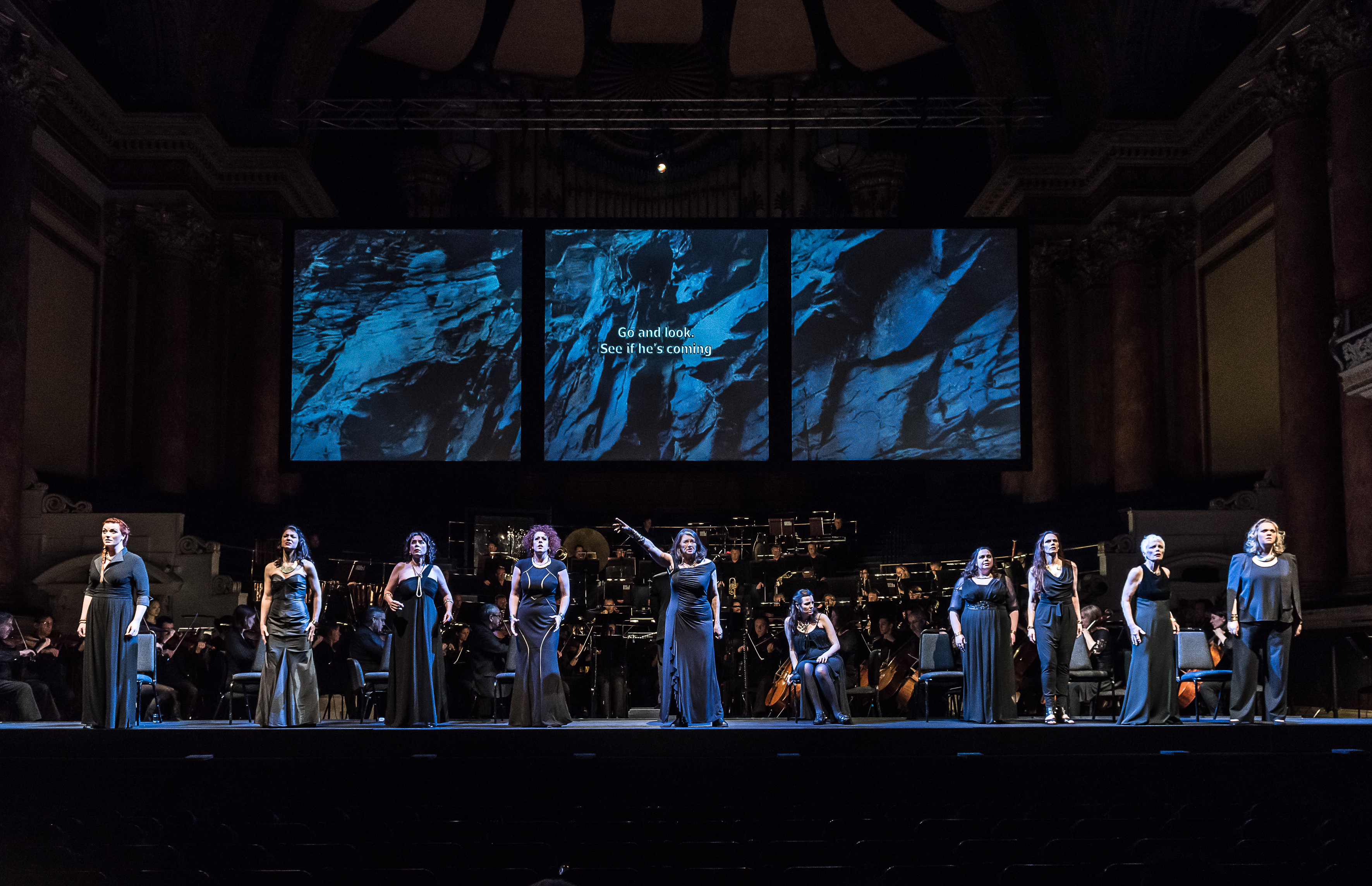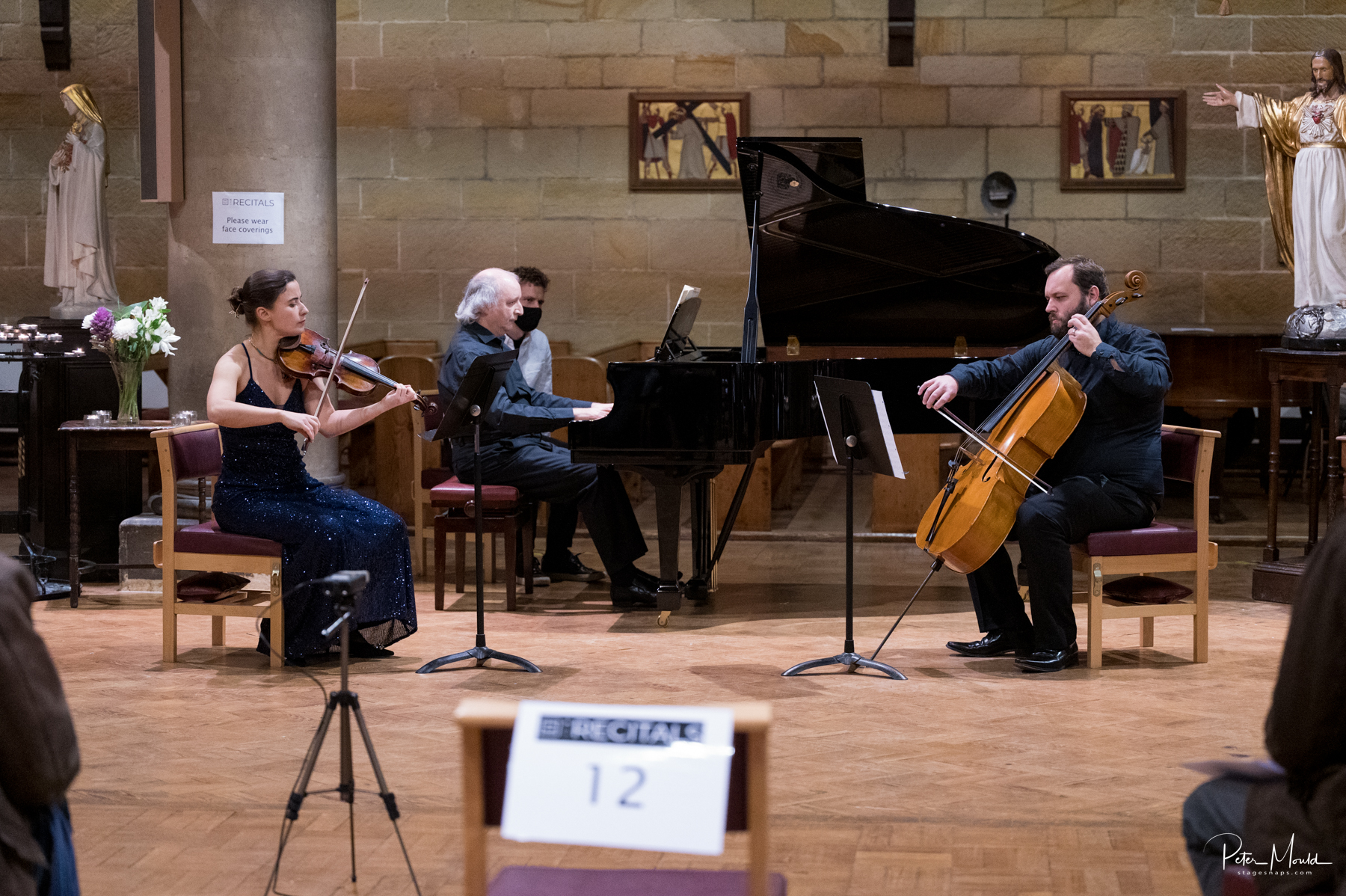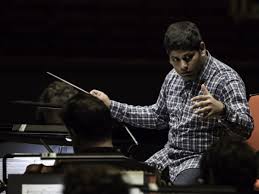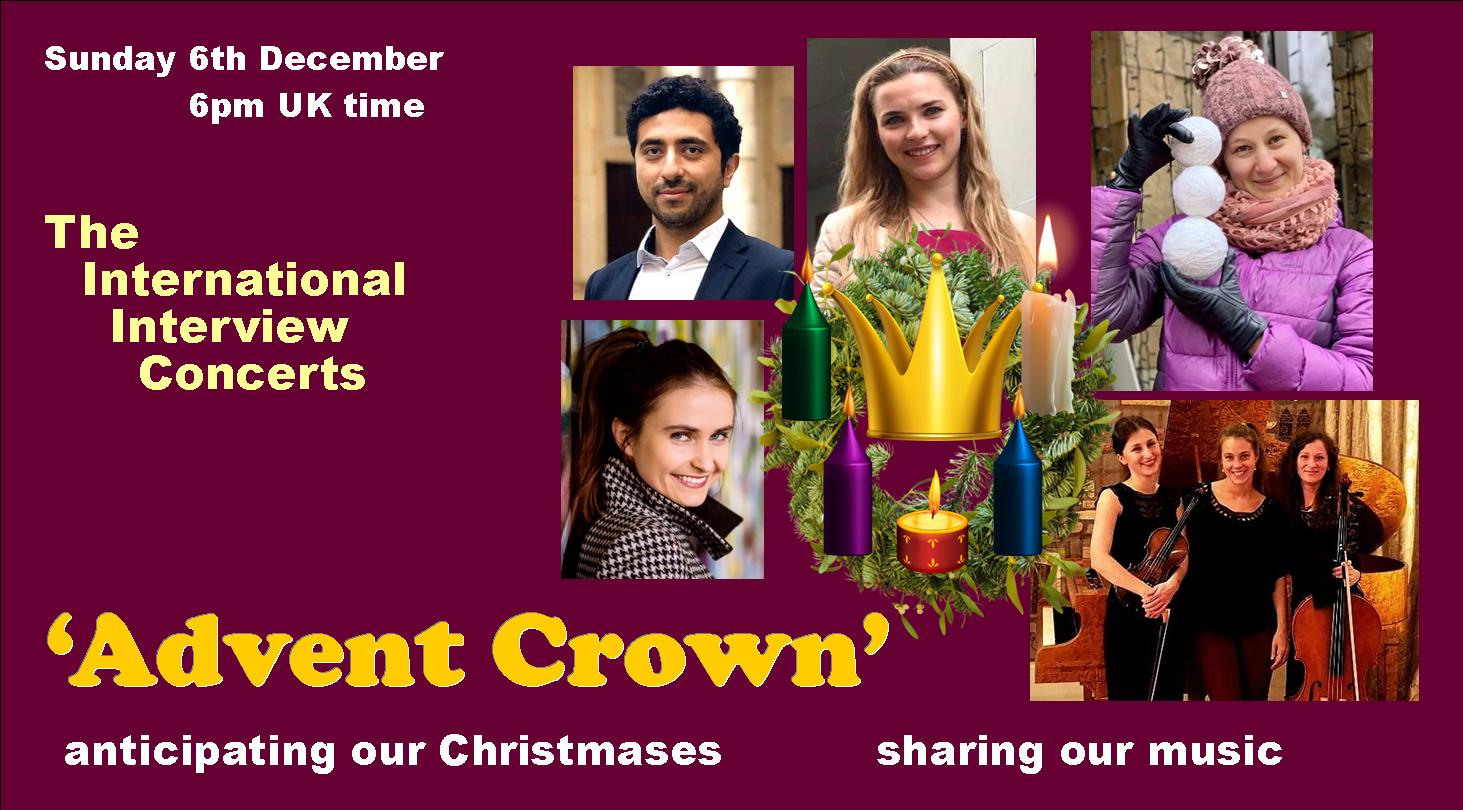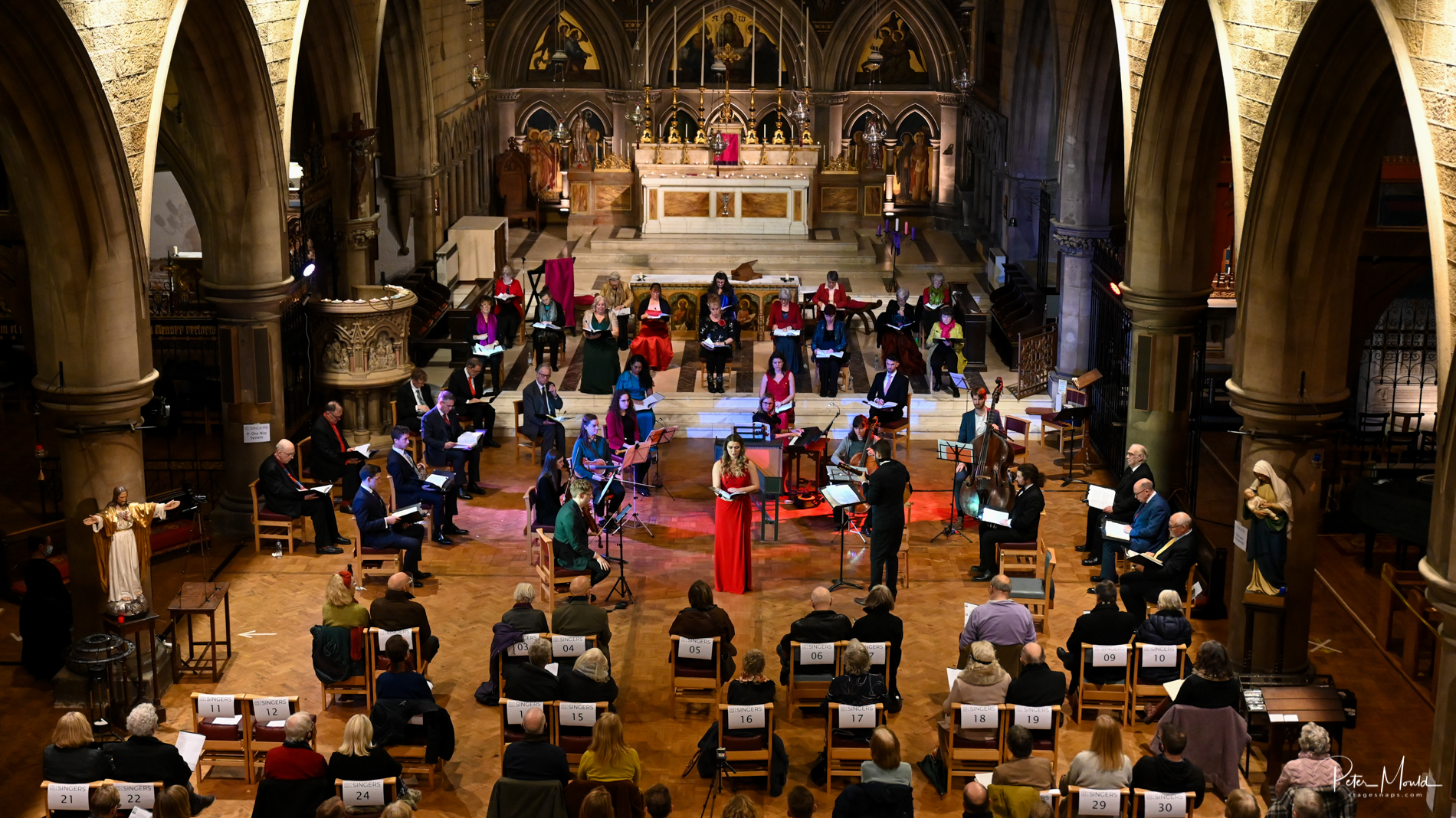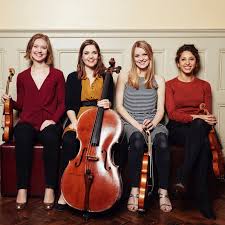A playful elbow bump between conductor and orchestra leader started the proceedings in what was an evening of many firsts associated with live performances, in-person audiences and emerging out of lockdown. There was certainly a buzz from the capacity (distanced and masked) audience, able to enjoy live music once more and the performers rose admirably to the occasion.
The programme began with Grieg’s very familiar Peer Gynt Suite No 1. Lyrical moments contrasted with rhythm and excitement. This was followed by Prokofiev’s Piano Concerto No 3 with Scottish soloist, Yuanfan Yang. Orchestra and pianist gave a wonderfully committed performance of this exciting music. The piano part demands some very forceful repetitive chordal playing alongside virtuoso scales and glissandi. There are also more expansive tender moments. Yuanfan Yang certainly did not disappoint. As an encore he gave a lovely and surprising improvisation on ‘random notes’ supplied by a member of the audience together with a suggested style. This was a really nice touch.
Symphony No 4 in F minor by Tchaikovsky was a substantial final work for the evening. The whole work gave opportunities for hearing the orchestra in full force as well as times when the various sections could be heard in dialogue with each other. A delightful pizzicato string section came in the third movement. Further thrilling sounds at the culmination of the final movement brought the evening to a very satisfying conclusion.
It is often difficult to achieve a perfect balance in an acoustic not primarily designed as a concert hall and there were a few times when certain instruments were overpowered by others. However, this is a small criticism in the context of a very enjoyable evening of music.
In normal circumstances this would have been a wonderful concert. It was even more remarkable and a testament to so many who are determined to bring back live music at a time when we are still living with the effects of the pandemic – organisers, technicians, musicians and audience.
For details of forthcoming concerts www.hastingsphilorchestra.co.uk
Stephen Page

